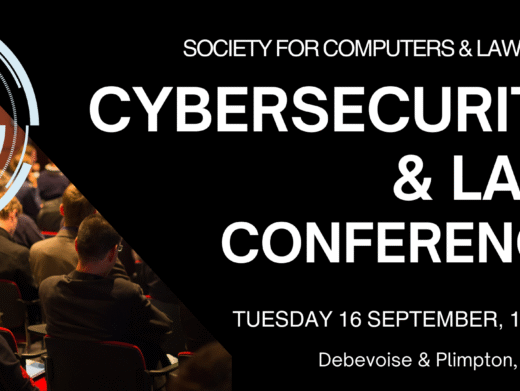The Law Commission is consulting on its provisional proposals to reform the criminal offences covering harmful online communications. The scope is reform of the ‘communications offences’ – section 1 of the Malicious Communications Act 1988 and section 127 of the Communications Act 2003, and other criminal offences covering harmful online communications, including cyberflashing and pile-on harassment. The proposals complement the UK government’s proposals in its Online Harms White Paper.
Developments in communications technology mean that there is increased scope for harm: the physical boundaries of the home no longer provide a safe haven for those who are bullied; domestic abusers can exert ever greater control over the lives of those they abuse; thousands of people can now abuse a single person at once and from anywhere in the world. The criminal law has struggled to keep pace with these changes. The provisional proposals are informed by the need to better protect freedom of expression, and address the harms arising from online abuse. The Law Commission categorises harms into five broad headings:
- psychological and emotional harms;
- physiological harms, including suicide and self harm;
- exclusion from public online space and corresponding feelings of isolation;
- economic harms; and
- wider societal harms.
The Law Commission is proposing a new offence based on likely emotional and psychological harm (would cover both online and offline communications). It would be a technologically neutral offence is to mitigate the risk that the law will become redundant or unhelpful in the face of technological change (such as the use of Bluetooth).
Some forms of harmful communication are either left without criminal sanction or without sufficiently serious criminal sanction. According to the Law Commission, these offences do not target the harms arising from online abuse. The result is that they over criminalise in some situations (for example, in the widely criticised case of Chambers v DPP [2012] EWHC 2157 (Admin), the Communications Act 2003 was used to prosecute a joke made on Twitter, about ‘blowing Robin Hood airport sky high’; and under criminalise in others, such as cyberflashing and pile on harassment.
Another important issue is that the existing patchwork of criminal law is overlapping and ambiguous. Ambiguous law, or law that is very wide in scope, presents a real risk to freedom of speech.
The Law Commission’s proposals are intended to deal with both of these issues. In addition, the Law Commission addresses the relationship with hate crime. It says that it may be appropriate to include the proposed new communications offence as an ‘aggravated offence’ under hate crime legislation. This is considered in the Law Commission’s separate project on hate crime.
The Law Commission also proposes a new offence raising the threshold for a communication being a “false communication”. It is a higher threshold of intended harm than under the existing offence, which the Law Commission considers to be too low a threshold to justify the imposition of a criminal sanction.
The Commission also asks if there should be a specific offence of pile-on harassment. It says that in one sense, the prevalence of pile on harassment, combined with its harmful effects, supports a targeted offence. This could take the form of a specific offence of inciting or encouraging pile on harassment, or an offence of knowing participation in pile on harassment. Yet, at the same time, the sheer scale of pile on harassment, sometimes involving thousands of messages per minute, would present significant difficulties in terms of policing and enforcement.
There is a case for making cyberflashing as a sexual offence, and not just a communications offence. One reason for this is a matter of fair labelling: the conduct is sexual in nature, and those who have been subjected to cyberflashing compare its impact to that of other sexual offences. Moreover, if cyberflashing is a sexual offence, this also means that additional protections, such as Sexual Harm Prevention Orders, could be available. The Law Commission provisionally proposes that section 66 of the Sexual Offences Act 2003 should be amended to include the sending of images or video recordings of one’s genitals.
The Law Commission also considers whether there is sufficient justification for a specific offence criminalising the ‘glorification’ of violence or violent crime as well as whether there should be an offence of glorification or encouragement of self harm.
Next steps
The consultation ends on 18 December 2020. After analysing all the responses, the Law Commission will make recommendations for reform, to be published in a report. It will be for the UK government to decide whether to implement the recommendations.




